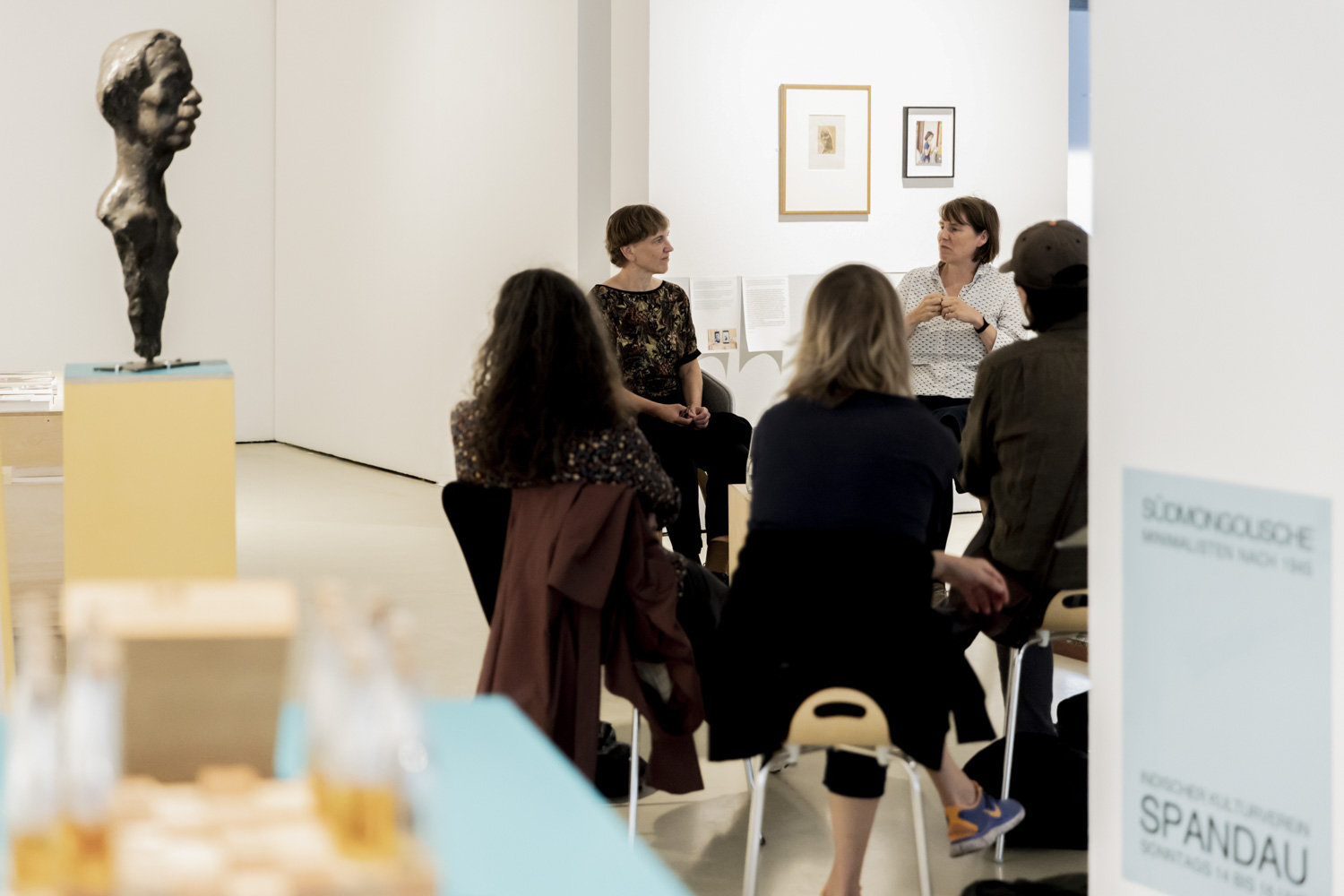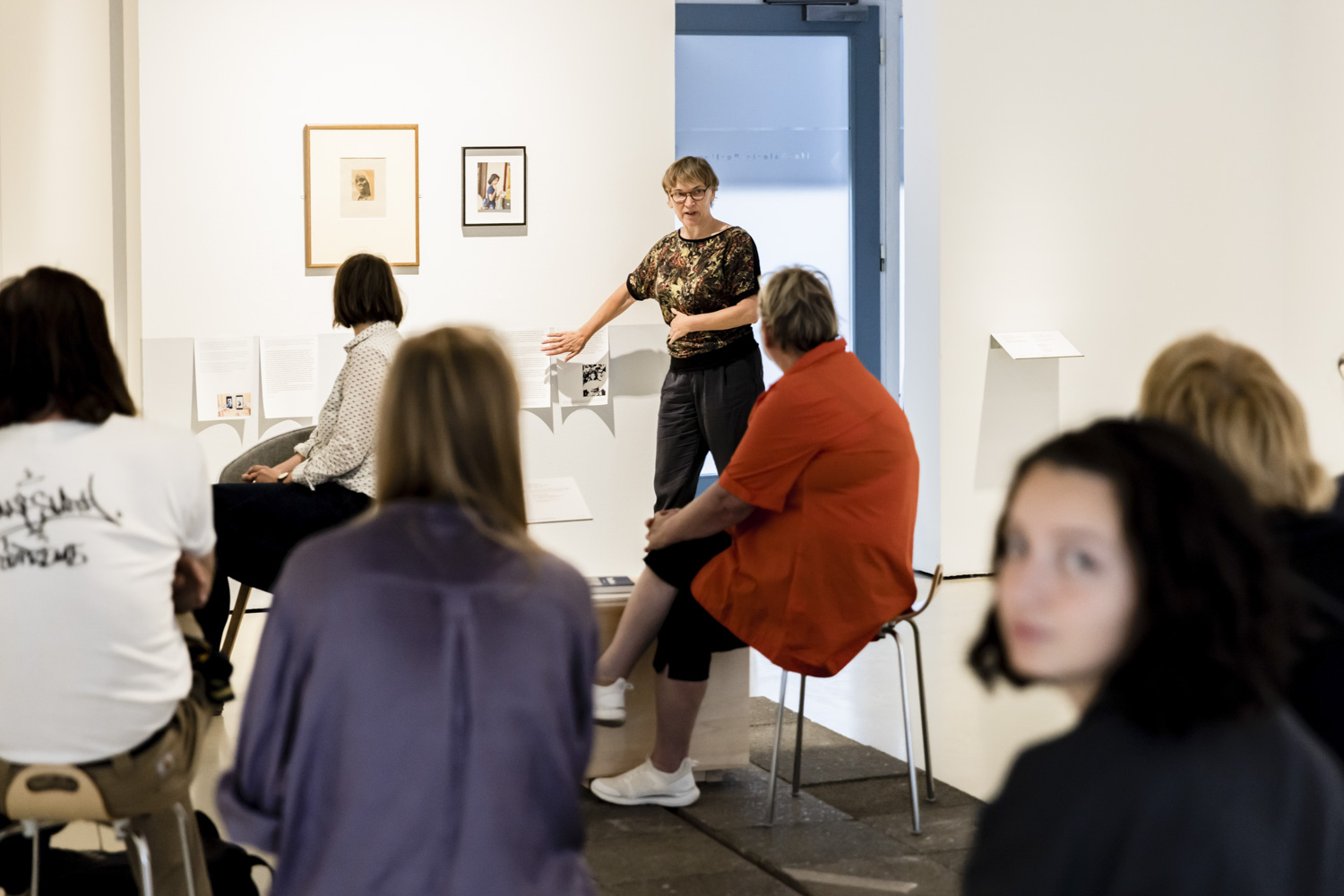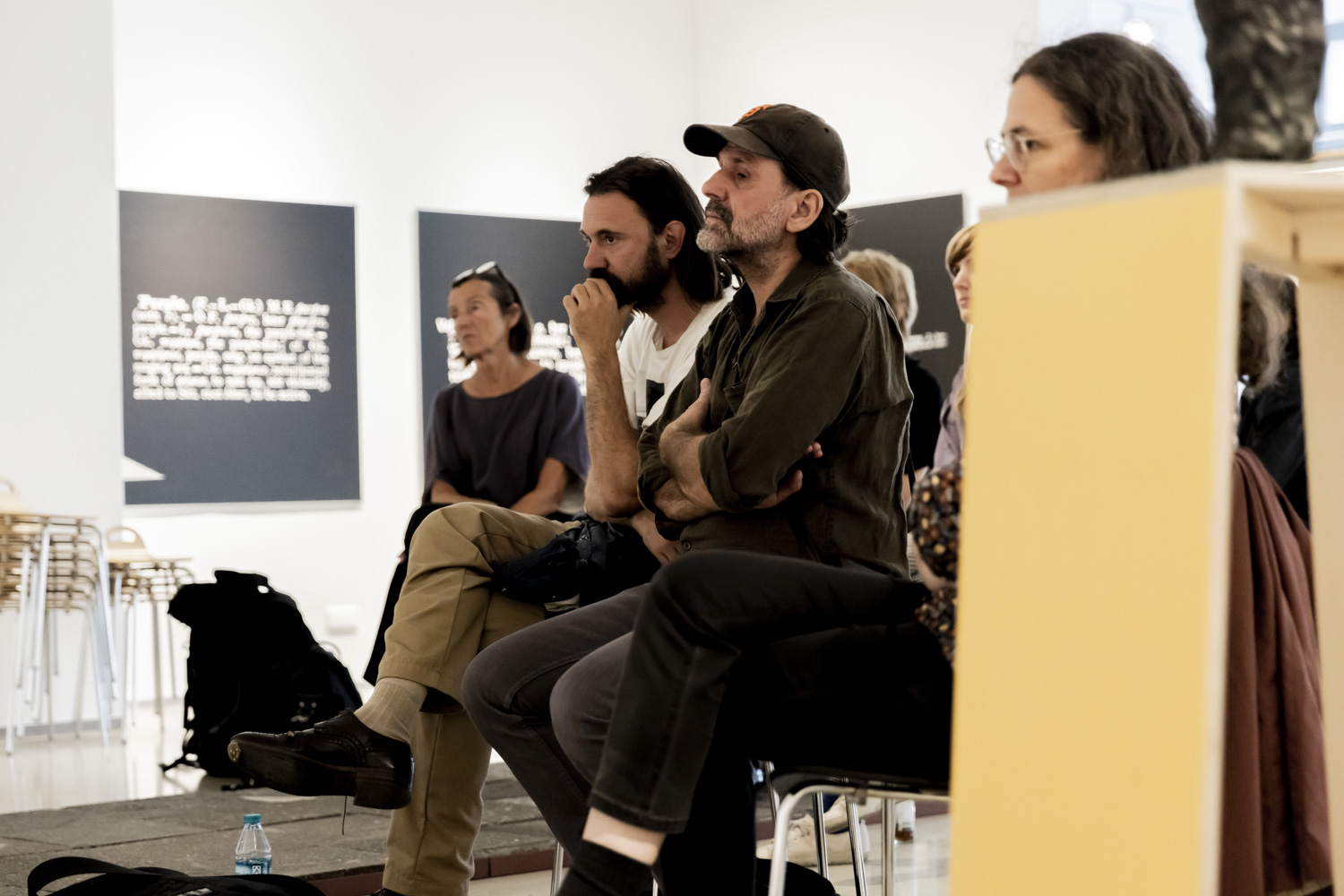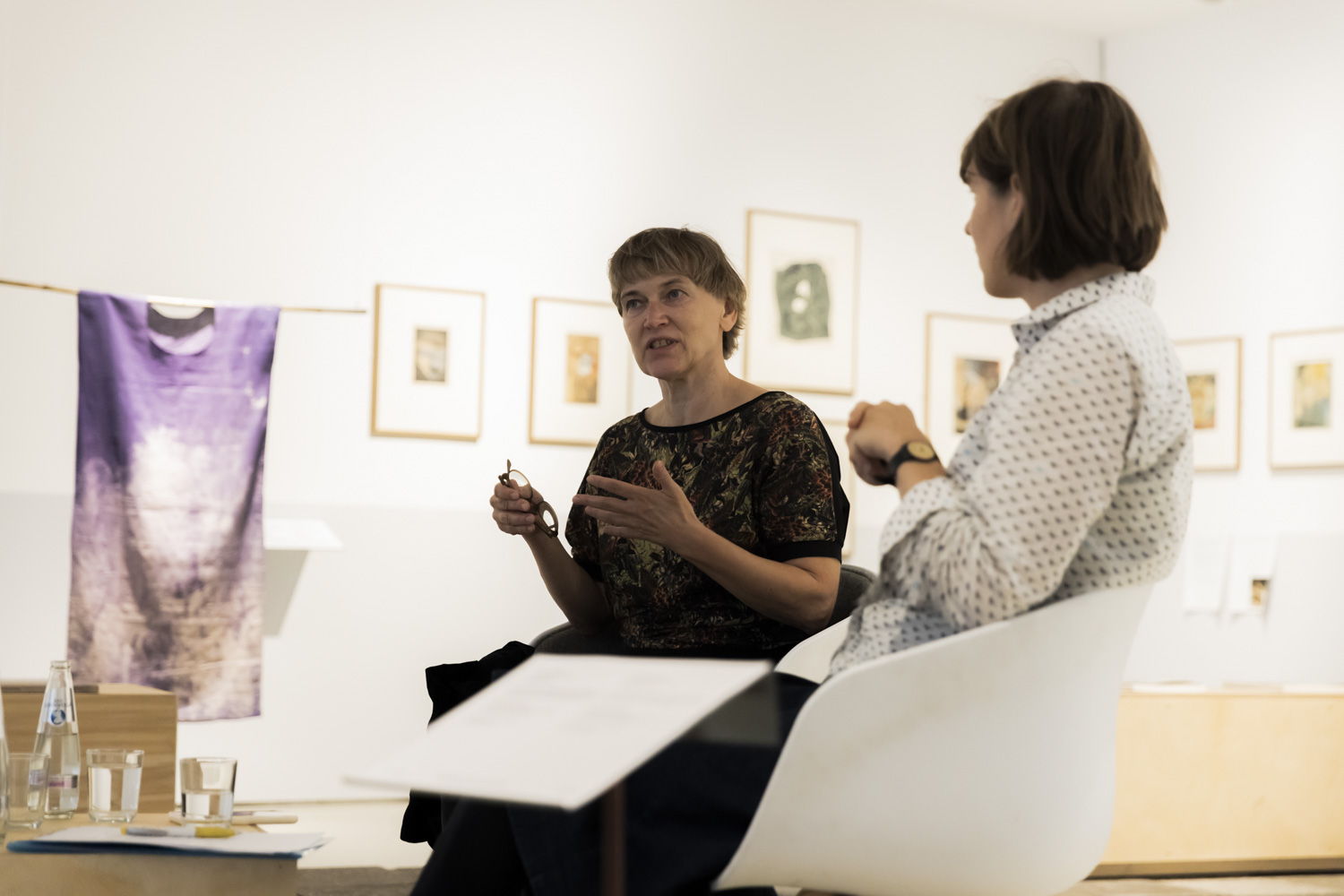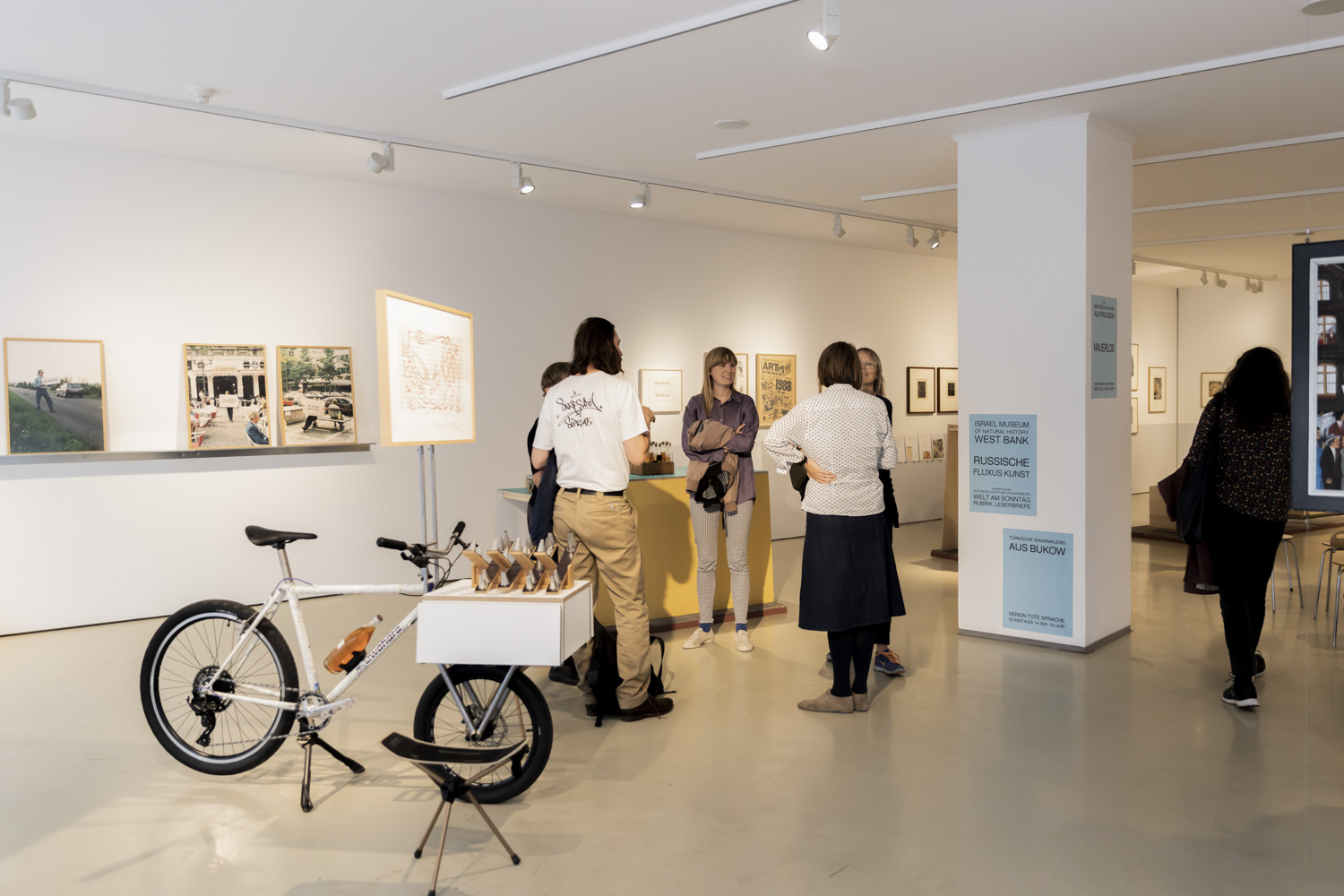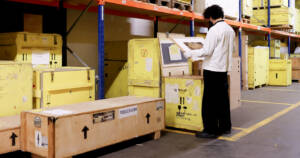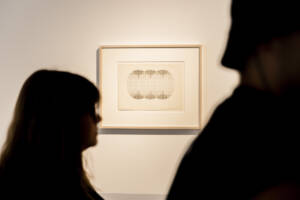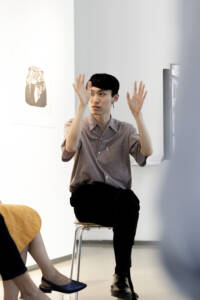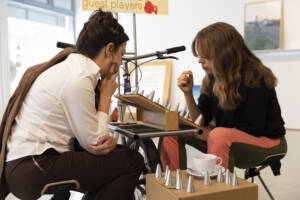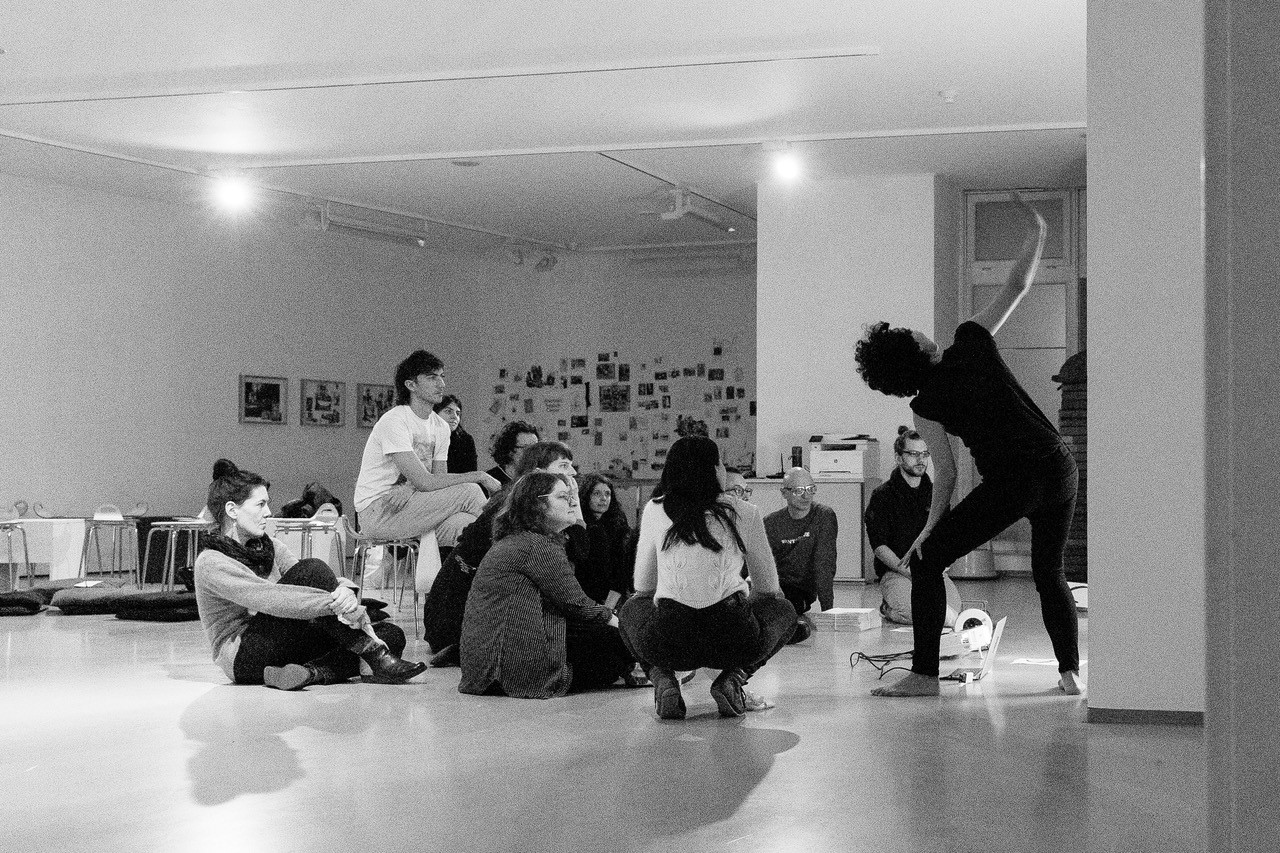In conversation with author and artist Anna-Lena Wenzel.
Wilhelm Klotzek’s contribution to the exhibition consists of multiple parts and multiple voices. He is interested in artworks from the collection of the GDR’s (German Democratic Republic) Zentrum für Kunstausstellungen (ZfK), which were partially absorbed by the ifa collection after 1989. The works selected include the sculptures “Mädchenkopf” (Girl’s Head) and “Otto Nagel” by Wieland Förster. The piece by Carlfriedrich Claus featured in the exhibition was acquired specifically for the touring ifa exhibition “Denklandschaften” (Landscapes of Thought). This three-dimensional object is Claus’ largest sculpture. In response, Klotzek has created his own landscape of thought in the form of an audio recording featuring the artist’s personal observations of daily life. He has also created a set of window shades for the façade of the ifa-Galerie Berlin that shows photographic prints of works from the ZfK collection.
Furthermore, the sculptor has designed display panels for the exhibition using the cast concrete slabs known as “Berliner Platte” due to their frequent use in prefabricated housing developments built in East Berlin during the GDR. The panels create areas for visitors to linger within the exhibition, and serve as plinths for the sculptures by Wieland Förster and Takako Saito.
Gitte Villesen casts a feminist gaze upon the collection and draws attention to its omissions, for example by pointing out Ruth Wolf-Rehfeldt’s unmentioned collaboration on a work by her husband, Robert Rehfeldt. She also creates associations between individual works and compares the motif of hands in works by Paula Modersohn-Becker and Käthe Kollwitz. Her research is exhibited in the form of “subtexts” hung below the works they explore.
The works by Eran Schaerf and Rosemarie Trockel selected as “common interest” pieces by the artists and curators function both to expand the exhibition and offer a meta-commentary on it. Schaerf’s poster series is an ironic critique of the exhibitions held to foster cultural exchange in the 1970s, and of the associated gestures of national framing.
